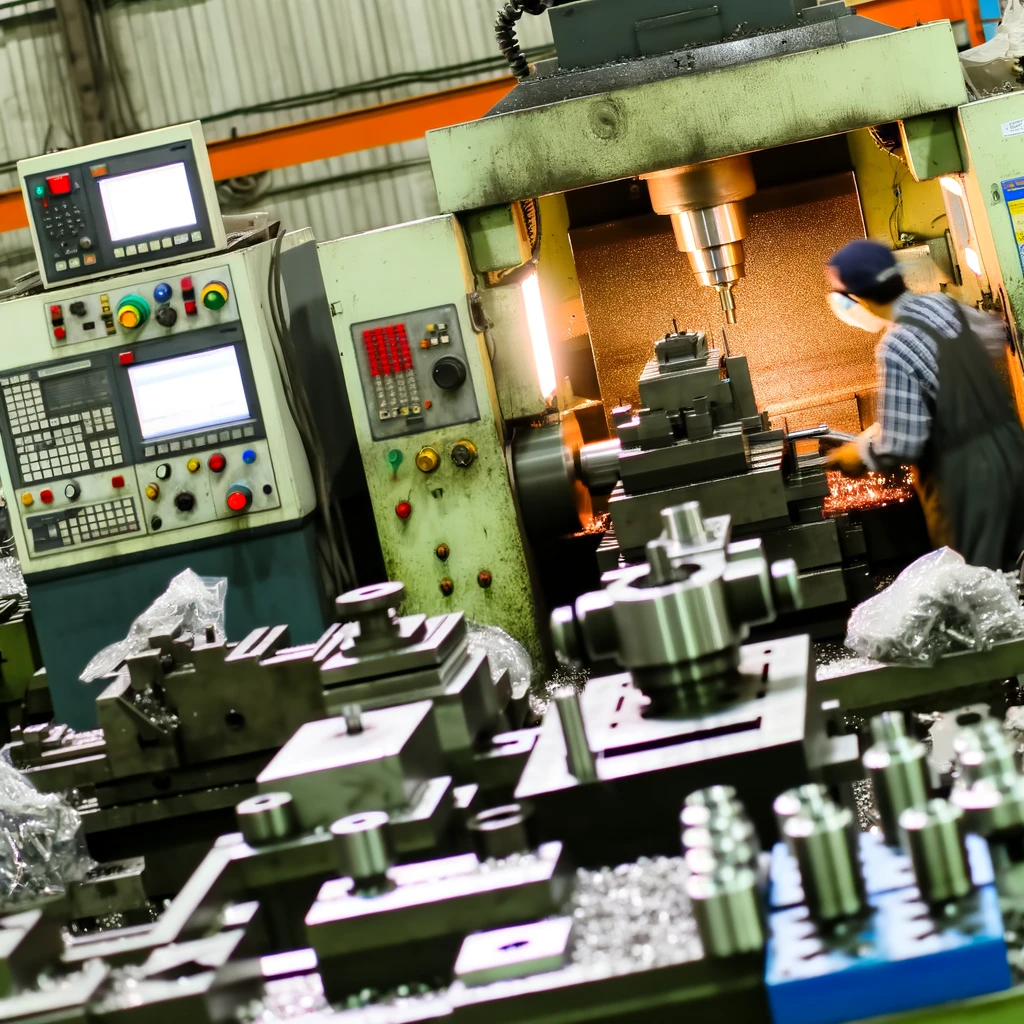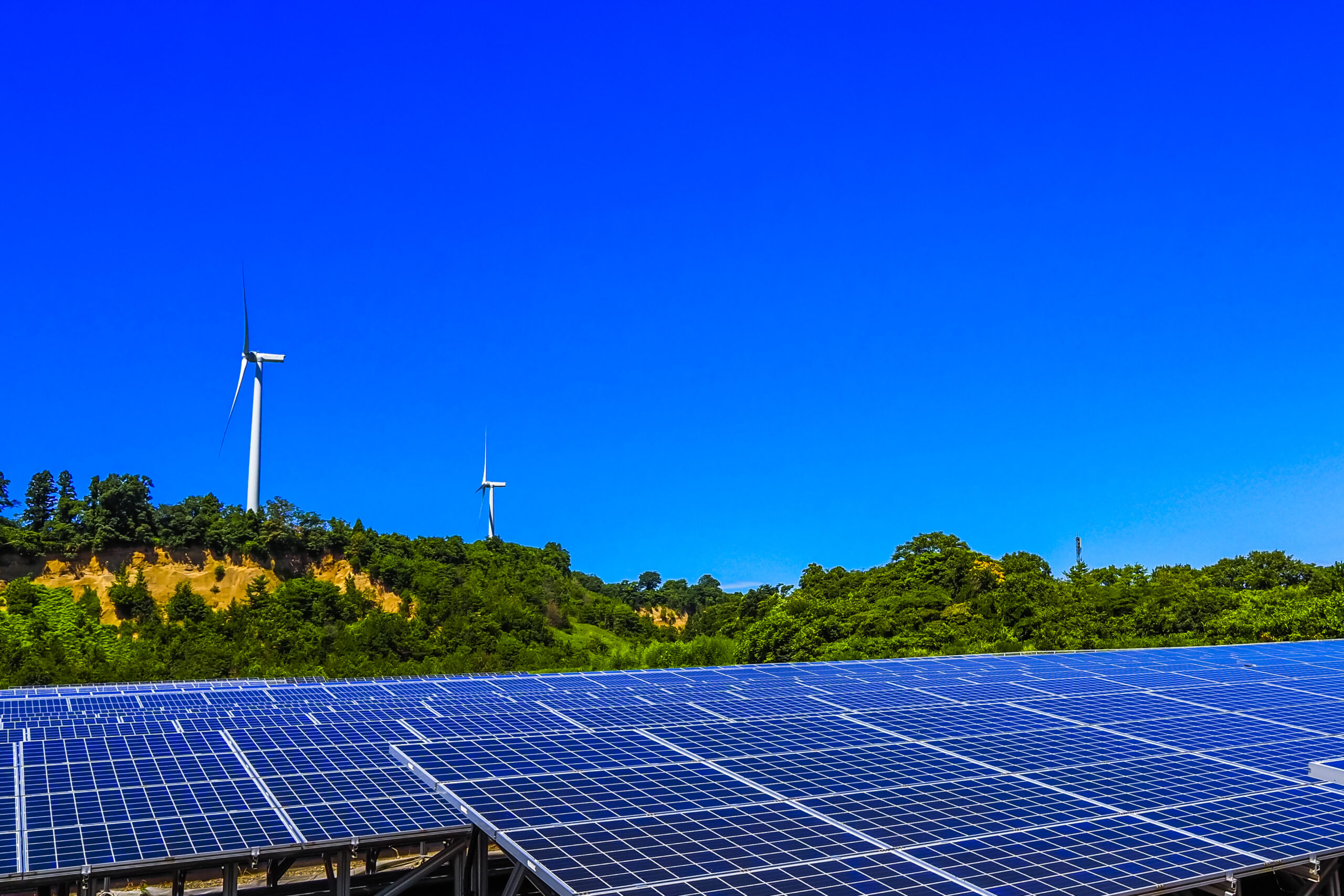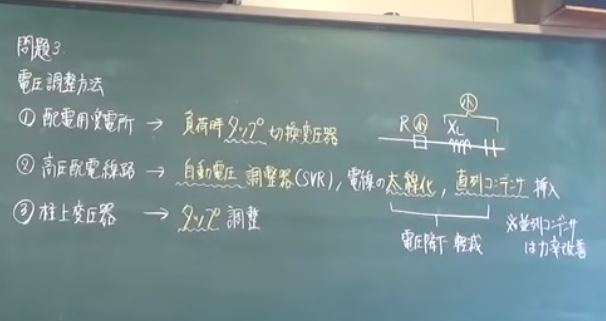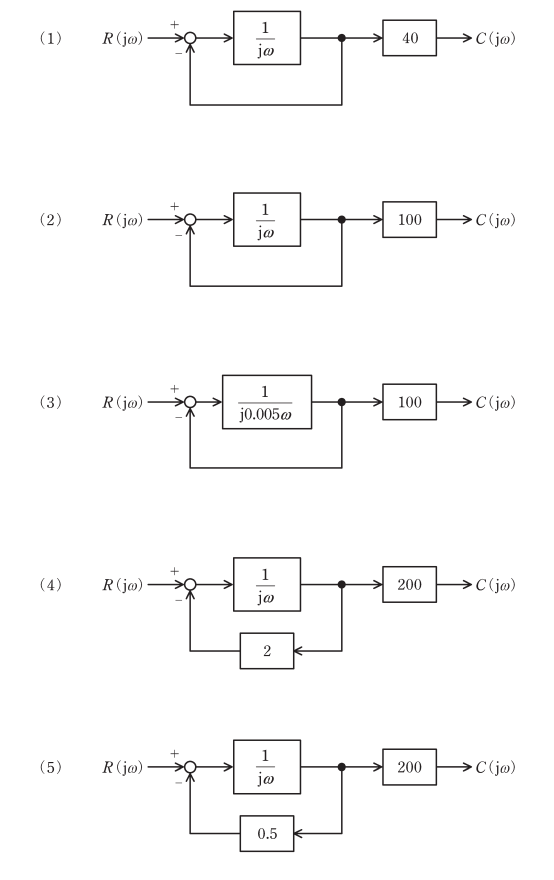皆さん、こんにちは。
このビデオでは、オートマチックトランスミッション車では絶対にやってはいけない5つのことについてになろうとしています。
そして、これは私がやったビデオのフォローアップのようなものです...
マニュアルトランスミッションの動画で絶対にやってはいけない5つのこと
で理解することが重要だと思います。
けど、やってはいけないのは理由を理解することじゃないのかな?
ということで、一緒に部品を買ってきました。これはトルクコンバーターのパーツ
そこで今回は、機械的なオートマチック・トランスミッションの仕組みを見ていきます。
理解が深まるように、なぜその中で特定のことをしてはいけないのか...
それは、やってはいけないことを理解するのと同じくらい重要だと思います。
最初に話すのは、坂道を惰性走行している時はニュートラルにしてはいけないということです。
ニュートラルにして坂道を惰性で下ると 燃費が良くなるというのがその理由かもしれません。
高い丘の上にいて、短い丘に行こうとしているとしましょう。
ニュートラルにしておけば、その小さな坂を越えるのに十分なスピードを得られるし
アクセルを踏まずに
そうすることで燃料を節約することができます。
しかし、もう一つは、ギアを入れていて、坂道を惰性で下っている時に
現代のトランスミッションと現代のベシクルは何をするかというと、エンジンへの燃料をカットするということです
だから、トランスミッションに接続されている車輪を使います、つまり、エンジンです
ギアが入っているのでインジェクターを止めて車輪がエンジンを動かすようにします
その場合、燃料を使うことはありません
坂道を下るときには燃料を使わなくて済むのです
燃費表示を見ればわかります
ニュートラルにすると少し下の方に何かが読み込まれて、ドライブにすると
瞬時の燃費が読み取れる最高の数値まで 上がることに気づくことができます
エンジンへの燃料の流入を 遮断しているからです
これをしたくないもう一つの理由ですが、3つの理由があります
それは、車の制御ができなくなるからです。
ニュートラルにしている時は、車を減速させることしかできません。
ギアが入っていないので、スピードを上げることができません。
つまり、あなたのコントロールの一部を奪っているのです
3つ目の理由は、坂道を惰性走行している時にニュートラルにしてはいけないということです。
州によっては違法になることが多いです。
それで、色々な州の法律を調べてみました。
すべての州ではありませんが、私は15の州を見つけ、私はビデオの説明でこれらの州の法律のすべてへのリンクが含まれます。
しかし、州、アリゾナ州、カリフォルニア州の巨大なリストがあります。
コロラド州、デレウェア州、ジョージア州、イリノイ州、ミシガン州など。
私が引用できる情報源を見つけた15の州です。
これらの政府のウェブサイトで法律を見てみてください。
ニュートラルにしてはいけない 車を制御できなくなるからだ
これで十分な理由がなければ 1と2の理由ではなく 3番目の理由は あなたが住んでいる地域では 違法かもしれません
その辺は現地の法律で調べてみてください
しかし、関係なく、あなたが住んでいる場所では 違法になる可能性があります。
2つ目の理由に移ろう
オートマチックトランスミッション車で方向転換をしている時に
ドライブからリバースに切り替える前に、必ず停車したいですよね。
またはリバースからドライブに
バックして一旦停止してから ドライブに入れてそのまま移動します
なぜこれをしたいのかというと
車を止めるのにブレーキを使うのは トランスミッションではなく
トランスミッションはギアをシフトするように設計されていますが、ブレーキは車を止めるように設計されています。
これがオートマチック・トランスミッション・バンドで、これが何をするかというと
遊星歯車セットのハウジングの周りを クランプで固定します
そうすると、遊星歯車のギアを変えることができます。
だから、リバースやドライブの時にはこれが開いているかもしれません。
ドラムを挟み込むようになっています これはドラムブレーキの逆のような働きをします
ドラムブレーキのように押し出すのではなく、ドラムを押し下げるのです。
つまり、方向を変えるときには、クラッチと同様にこのバンドを使うことになります。
オートマチック・トランスミッションには、マルチプレート・クラッチが内蔵されています。
ギアを切り替えるときに、このバンドがギアを変更するためにクランプされます。
そうすると、この材料をこの自動変速機のバンドに使っていますね
車を停止させるためのブレーキではなく、整備が簡単で交換が安いブレーキです。
対して、この部品はたったの18ドルだったが、アクセスするのは非常に難しい。
それを交換するには多くの時間がかかるか、非常に高価な修理が必要になります。
だから、停止して、それをどのようなギアに入れて行くのかを確認してください。
その3......車の発進について話そう
今、明らかに、あなたの車が可能な限り長く続くようにしたい場合。
そして、あなたはトランスミッションの最大の長寿命を望んでいます。
ならば、絶対に打ち上げてはいけません。
それはそれに多くの緊張とストレスを 掛けようとしています
しかし、人々が使用しているのを見てきましたが、様々な方法があります。そして、その中のいくつかは...
危険なので絶対にやってはいけません。
だから、私が見た方法の一つは、ニュートラルにすることです。
それをドライブに落として、それで車を前進させるのです。
これは一種の危険な発進方法です....
では、いくつかの部品を使って、その理由を説明していきます。
ここにトルクコンバーターがあります これがポンプ、つまり羽根車です
そして、あなたが手に入れようとしているのは、エンジンがフレックスプレートに接続されていることです。
フレックスプレートはこれに接続されています
これは切り落とされていて トルクコンバーターの内部が見えるようになっています
しかし、これは常にエンジンと一緒に回転していることを知っておいてください。
これがポンプです インペラと呼んでもいいでしょう
この中に固定子がありますが、これは先に行って脇に置いておきます...
これが何をするかというと、流体の方向を逆にします。
ポンプからタービンまでの片側の間を移動する時に
ここにタービンがあります 内部のスプラインが見えるでしょう
これがトランスミッションと一緒に回転するものです
だからこれはインペラが回転する時に トランスミッションと一緒にスプラインされるのです
このタービンを強制的に回転させる
タービンが回転すると、トランスミッションが回転しますので、車輪も回転します
つまり、これは流体カップリングであり、それによって速度に差をつけることができるのです
トランスミッションとエンジンの間にある
ここで実演しているように エンジンは回転していても トランスミッションは静止していても構いません
これがフレックスプレートに接続されています
それが回転すると トランスミッションが静止しているのがわかります
だから停止しているときには、それは何が起こっているのでしょうか?
これは回転することになり、タービンは静止しているだけになります。
動いていない車輪と繋がっているからです。
発進してニュートラルにしてから ドライブに入れると
君がやっていることは、このバンドとの間に摩擦が生じることだ...
周りにあるドラムとの間に 摩擦が生じることになります
それはそれを介して動力を送るために 締め付けようとしています
オートマチック・トランスミッションの中に クラッチやバンドがあります
その力を吸収しようとしているのです。
とか言ってるけど、スレを立ててしまうのは、それだけのパワーを送っているからだよ。
これはギアをシフトさせるために設計されていて 打ち上げを処理するために設計されていない
それで、あなたはそれを通してパワーを送っていて、このバンドを消耗することになります...
述べたように、交換するには非常に高価になります
だから、ニュートラルにしてレブアップしてドライブに入れるよりも
それはちょっと異常だ
あなたがしたいのはブレーキに足を踏み入れて、アクセルに足を踏み入れることです。
このトルクコンバーターに圧力をかけてください。
そのインペラに大きなトルクをかけて...
静止しているタービンに トルクをかけている
そして、ブレーキを切った瞬間に全トルクを送り込む。
あなたのクラッチやバンドはすでに必要な位置にロックされています。
だからスリップはしません
さて、そうですね、あなたはトランスミッションに大きな負担をかけることになります。
と、そのためには大したことないような気がします。
ニュートラルにするよりも危険が少ない
煽ってからドライブに入れる。
そして、クラッチやバンドにすべてのトルクを処理させます。
とホイールにパワーを与え、タイヤを回転させようとしています。
これらのバンドを回転させるよりも交換するのに非常に高価になるでしょう
4番に移ると...
車をニュートラルにする理由はありません
信号待ちで座っている時に
それはドライブでそれを残すことは大丈夫です、そしてそれは何人かの人々が一般的に行うことになります何かは、ドライブからそれを取ることです。
いくつかの理由から、トランスミッションに大きなストレスをかけているのではないかと思われるかもしれません。
でも、ちょっと考えてみましょう。
ドライブしたまま座っていて、エンジンが回転しているとします。
タービンに触れている私の手は、明らかに動いていません。
つまり、エンジンは回転していてもタービンは動いていないので、トランスミッションにストレスがかかっているということです。
そうですね、その通りです。
が、考えてみましょう。
ブレーキを離してアクセルを踏み始めたら
タービンにはるかに大きな力をかけて 車を前進させている
エンジンがアイドリング状態で座っているだけで、タービンにエネルギーの一部を投入しようとしている場合に比べて、エンジンに負担をかけることはありません。
つまり、余計なストレスをかけずに済むということです。
実際に加速している時の方が遥かに少ないです。
だから、「ああ、やめた方がいい」と思うのは おかしな話だと思います
第二に、燃費の節約になると言う人もいるでしょう
運転中は、明らかにこれを回転させようとすることにエネルギーを使うことになります。
静止している物体に対して回転しているのに対し、ニュートラルな状態にすると
それはあなたがトランスミッションから切断しているので、はるかに簡単に回転することができます。
まあ、物事はそこにあります、あなたはドライブであることと比較してニュートラルでより高いアイドリングする傾向があります。
しかし、関係なく、それは大きな燃費の違いになることはありません。
私は実際にあなたの燃費のライブ読み出しを与えたボルボを持っていた
とまっている間に
1時間に0.3ガロンを使用していると書いてあった。
だから 信号待ちで30秒だけだと思っていたら
あなたは数学を行うには、それは0.0025ガロンであることを停止信号でそこに座るためにドライブで...
ボルボのライブ表示の時のようにね
つまり、それほど燃料を使うことはありません。
もし、停車中に座っていたら、たくさんの車が走っています。
囲まれているのだから、緊急事態とかですぐに逃げ出す必要はない。
...と、渋滞に巻き込まれて立ち往生している。
そして、燃費を最大にすることを確認したいのです。
車の電源を切ればいいだけです。
ただ座ってるだけなら周りは車だらけだし、安全な時間帯だと思うよ。
車の電源を切ってそのままにしておけば、燃料を使わないようにすることができます。
それがドライブからニュートラルにする理由であれば、燃料を節約するための簡単な方法です。
あとは、ニュートラルからドライブに切り替えるのも、そう思うかもしれませんね。
摩耗が少なくなるんだよ
ニュートラルからドライブに切り替える時に このバンドを使って トランスミッションをクランプします
どちらにしても、それはあなたの車が動いていないので、多くの摩耗になるつもりはありません。
トランスミッションにかけるエネルギーはそれほど多くはありません
だから私はニュートラルからドライブまでやっても 摩耗は気にしません
でもドライブから出す理由がないんです
信号待ちで座っている間は ドライブにしておけばいいんです
余分な摩耗を防ぐことができず、燃料の節約にもなりません。
5つ目の注意点は、車が完全に止まるまでは絶対に駐車しないことです。
つまり、車が動いている間は絶対に駐車してはいけないということです。
さて、ここからが本題です。ほとんどのオートマチック・トランスミッション、特に最近のものは
はできませんが、その理由を理解するとカッコいいです。
車を駐車する時には爪をかけています 本質的にはロックピンです
ギアを変速機の出力軸に接続されているギアに変換します。
あなたの従動輪は トランスミッションの出力軸に接続されています
これがロックされていると 車輪が動かなくなります
車が動いている間に パーキングピンを係合させれば
それを防ぐためのシステムがなかった。
簡単にロックピンをせん断して壊すことができます。
トランスミッションを完全にロックしようとしています
どちらにしても、ドライブトレインとトランスミッションに大きなストレスをかけることになります。
今、あなたが考えるようなシナリオは思いつきません。
移動中に公園に置いておくのもいいかもしれませんね。
しかし、停止しようとしていて、どうすればいいのか分からないとしましょう。
加速しているのに、それを防ぐことができず、何かの理由でスロットルが動かなくなってしまったとします。
まず最初にすべきことは、しっかりとブレーキを踏むことです。
ブレーキは常にエンジンのパワーを凌駕しています。
これで、バキュームアシストを使い切ることができます。
そのため、ブレーキをうまく効かせるためには強く押す必要があるかもしれません。
真空ポンプからのブレーキアシストを使い切ったら、フルスロットルになるからだ。
そのアシストを失うことになります。だから、しっかりと押してください。
ブレーキアシストがないから効いているように見えないかもしれませんが しっかりと押さないといけません。
もう一つはダウンシフトです。
ダウンシフトをすると、車のスピードが落ちてくるんですね。
それが車を止める別の方法です。
ご覧いただきありがとうございました ご質問やご意見がありましたら、以下にお気軽にお寄せください。
このペルーのマンゴーの箱には、トルクコンバーターを入れるのに使っていたんだ。
マンゴーの食べ方って色々あるんだね。
フォークで食べてもいいし、皮を切って皮をむいてもいいし、フォークで食べてもいい。
スライスしてもいいし、サイコロ状にしてもいいし、スプーンで食べてもいい。すごいですね。
マンゴーは、ビタミンCを摂取するのに最適な万能フルーツです。
Hello everyone, and welcome!
In this video we are going to be about five thing you should never do in an automatic transmission vehicle
and this is a kind of follow up to the video I did of...
Five things you should never do in manual transmission video
and i think just as important is to understanding in
what you shouldn't be doing is understanding why?
So I bought some parts along. This is a part of torque converter
and so we're going to be looking at, you know kind of how mechanically automatic transmission works
So that we can better understand, why we shouldn't do certain things in them...
which I think is just as important as understand what you shouldn't be doing.
So the first one we're going to be talking about is that you should never put your vehicle in neutral when you're coasting down a hill.
And so the logic behind this may be that, you know, you can save fuel economy by putting it in neutral and coasting down a hill.
And let's say you're on a tall hill, and about to go on a shorter hill,
If you put it in neutral, you can gain a lot of speed and gain enough speed to go over that smaller hill
without, you know, getting on the gas
and so you can save some fuel by doing that.
But the other thing is, when you do have it in gear and you're coasting down a hill
modern transmissions and modern vechicles, what they'll do is that they'll cut fuel to the engine.
So you'll just use the wheels, which are connected to the transmission, and thus the engine.
Because it's in gear, to shut off the fuel injectors so that the wheels will be powering the engine.
And so in that case you won't be using any fuel.
So as you're going down that hill you won't be using any fuel.
And you can see this on fuel economy indicators
If you put it on neutral, it'll read something a little bit lower and then if you put it in drive,
then you can notice the instantanious fuel economy will go up to the highest number that it can read.
Because it has shut off fuel from going in to the engine.
Now the other reason you don't want to do this, and there is really three reasons.
Is that it kind of takes a bit of control out of your vehicle.
So when you're in neutral, you only have the ability to slow your vehicle down.
You no longer have the ability to speed up, because you're not in gear.
So you're taking out part of your control from it.
And the third reason, if those aren't good enough for you to not put it in neutral when you're coasting down hill.
It is often illegal in states.
So I started looking up the law in a bunch of different states,
Not every state, but I found 15 states, and I will include links to all of these states' laws in the video description.
But there is a huge list of states, Arizona , California,
Colorado, Deleware , Georgia, Illinois, Michigan and so on.
15 states which I found citable sources.
You can go on these government websites and see the law where it says
'Do not put it in neutral', because you are taking yourself out of control of the vehicle.
So, you know, if those aren't good enough reasons, one and two then the third reason, it might be illegal where you live.
So you know, look up your local laws, to figure that part out.
But regardless, it could be illegal where you live.
Moving on to number two,
whenever you're changing directions in an automatic transmission vehicle,
you wanna make sure to come to a stop before switching from drive to reverse,
or from reverse to drive.
So backing up, come to a stop, then put it in drive, and then move along.
And so the reason why you want to do this is because,
you're using your brakes to stop the vehicle rather than your transmission.
Your transmission is designed to shift gears, your brakes on the other hand are designed to stop the vehicle.
So this is an automatic transmission band, and what this does is
is it clamps down around the housing of a planetary gear set.
And when you do that, you alter the gearing of the planetary gear.
So when you're in reverse or drive this might be open, and then when you put it another one
it'll clamp down on a drum. So this works a lot like a the reverse of a drum brake.
So instead of pressing out like a drum brake, this squeezes down on a drum.
And so, what you're doing when you change that direction is you'll be using these bands, as well as clutches.
Automatic transmissions also have multi-plate clutches within them
And so when you switch gears, these bands will clamp down to change the gearing
And when it does that, you're using this material here on this automatic transmission band
to stop your car, rather than the brakes, which are easy to service and cheap to replace.
Versus this part which was only $18 but very difficult to access.
Which is going to take you a lot of time to replace it, or a very expensive repair.
So come to a stop, then put it in what gear you in to go in.
Number three we're going to talk about launching your car.
Now obviously, if you want your car to last as long as possible,
and you want the maximum longevity out of your transmission,
then you should never launch the vehicle.
It is going to put a lot of strain and stress on it.
But there's different methods I've seen people use, and some of them are kind of, you know
are kind of dangerous and you should never do them.
So one of the methods I've seen that people have done is they'll rev it up in neutral
and then they'll drop it into drive and then let that carry their car forward.
And so that's kind of a dangerous way of launching your vehicle....
and we're going to get into why using some parts.
So here we have a torque converter, and this is the pump, or the impeller,
and so what you're going to have is the engine which is going to be connected to a flex plate,
and that flex plate is going to be connected to this.
So this has been cut off, so that we can see the inside of this torque converter,
but know that this is always going to be rotating with the engine.
So this is the pump, or you could call it the impeller,
and within this we have the stator which we'll go ahead and set aside...
and what that does is it reverses the direction of the fluid,
when it's transferring between one side from the pump to the turbine.
And so here we have the turbine, and so you can see an internal spline, there,
and so this is what's going to be rotating with the transmission.
So this will be splined with the transmission as the impeller rotates,
it will force this turbine to rotate,
and as the turbine rotates, it will rotate the transmission, and thus the wheels.
So this is a fluid coupling, and so what that allows you to do is have a difference in speed
between your transmission and your engine.
So your engine can be rotating and your transmission can stay stationary, as I'm demonstrating here.
So this is connected with the flex plate,
and as that rotates, you can see the transmission can be held still.
So when you're at a stop, that's what will be happening
this will be rotating, and the turbine will just be stationary,
because it's connected to your wheels, which are not moving.
When you launch and you rev it up in neutral, and then you put it into drive
what you're doing is you're going to be having friction between this, this band...
and the drum which it's resting around,
as that tries to clamp down to send power through it.
And so, you're going to have clutches and bands within your automatic transmission
that are going to try to be absorbing that power,
but you're going to have slip, because you're sending so much power through it,
and these are designed to shift gears, not to handle a launch.
And so you're sending power through it, and you're going to be wearing out this band...
as I mentioned, it's going to be very expensive to replace it.
So rather than putting it in neutral, revving it up, and then putting it in drive,
which is just kind of crazy,
what you want to do is put your foot on the brake, and put your foot on the gas,
build up some pressure within this torque converter,
so you're putting a lot of torque to that impeller...
or, to that turbine which is stationary,
and then the second you let off the brake, you're sending all the torque,
and all of your clutches and bands are already locked up in the position they need to be,
so you're not going to have any slip.
Now, yes, you're going to put a lot of strain on your transmission,
and it's not like a great thing to do for it,
but it's a lot less dangerous than putting it in neutral
revving it up and then putting it into drive,
and then letting the clutches and bands handle all that torque,
and trying to get power to the wheels and spin your tires,
rather than spin these bands, which will be very expensive to replace.
Moving on to number four...
there's no reason to put your car in neutral
when you're sitting at a stop light.
It's fine to leave it in drive, and that's something some people will commonly do is to take it out of drive.
For several reasons they may think, okay, it's putting a lot of stress on your transmission.
But, let's think about that for a moment.
If you're sitting there with it in drive, so your engine is spinning,
and my hand, which is touching the turbine, obviously isn't moving.
So your engine is spinning, [the turbine] isn't, so you're putting some stress on the transmission.
And yes, that's absolutely true, you are doing that,
but let's think about it.
Once you let off the brake and you start accelerating,
you're putting a far greater force into that turbine to move your vehicle forward
than if you're just sitting there with your engine idling and it's trying to put some of that energy into the turbine.
So really, you're not putting any additional stress on it,
it's far less than you are when you're actually accelerating,
so it's kind of crazy to think, "Oh, I shouldn't do that."
The second thing some people will say, it can save fuel economy.
And when you are in drive, obviously you're going to be putting some of that energy into trying to rotate this,
and you're rotating against an object which is stationary, whereas if you put it in neutral,
it can spin much easier because you're disconnecting from the transmission.
Well, the thing is there, you will tend to idle higher in neutral verses being in drive,
but regardless it's not going to be a big fuel economy difference.
I actually had a Volvo in which gave a live readout of your fuel economy
while you're sitting there at a stop light
and it said it was using 0.3 gallons per hour.
So, if you think that you're just going to sit at a stop light for, let's say, 30 seconds,
you do the math, that's 0.0025 gallons to sit there at that stop light with it in drive...
as I had it in that Volvo with the live readout.
So, you're not really going to be using that much fuel.
Now if you're sitting in stop-and-go traffic, there's a ton of cars,
you're surrounded, so there's no need to get out of an emergency situation or anything like that really quickly
...and you're just stuck, you're stopped in traffic,
and you want to make sure that you're going to get maximum fuel economy,
just turn your car off.
If you're just going to be sitting there, there's cars all around you and it's a safe time to do it,
turn your car off and just let it sit there so you're not using any fuel.
Like, that's the easy solution to saving fuel if that's the reason why you put it in neutral from drive.
And then the other thing switching from neutral to drive, you might think,
oh, there's going to be less wear, things like that.
And you are going to be using these bands as you switch from neutral to drive to clamp down on the transmission.
Either way, it's not going to be a lot of wear because your vehicle isn't moving
and there's not a whole lot of energy being put into that transmission.
So, I wouldn't really worry about wear of doing it from neutral to drive,
but there's really just no good reason to take it out of drive.
Just leave it in drive while you're sitting there at the stop light,
and you're not putting any additional wear, and you're not really going to be saving any fuel.
Moving on to number five, you should never put your vehicle into park until you've come to a complete stop.
So, you should never put it into park while the vehicle is moving.
Now, here's the thing. Most automatic transmissions, especially modern ones,
will not allow you to do this, but it's cool to understand why.
When you put your vehicle in park, you're applying a pawl, essentially a locking pin,
into a gear which is connected to your transmission's output shaft.
Your driven wheels are connected to the transmission output shaft,
so when this is locked, your wheels cannot move.
Now, if you were to engage the parking pin while the vehicle is moving,
and there weren't systems to prevent this from happening,
you could very easily shear the locking pin and break it,
as it attempts to completely lock up a transmission in motion.
Either way, you'd be putting a huge amount of stress into your drivetrain and transmission.
Now, I can't really think of any scenarios where you might think
it's a good idea while you're moving to put it in park,
but let's say you're trying to come to a stop, and you can't really figure out how.
You've got acceleration happening and you can't prevent it; you're throttle is stuck for some reason.
The first thing you should do is firmly press your brakes.
Your brakes are always going to be able to out-power your engine.
Now, you may use up that vacuum assist,
and so because of that you may need to press really hard in order to get the brakes to successfully work,
because once you run out of brake assist from the vacuum pump and you've got full throttle,
you're going to lose that assist. And so, you want to make sure you press that firmly.
It may not seem like it's working because you don't have brake assist. You've got to push really firm.
The other thing you can do is downshift.
So, as you downshift, you'll start to slow the vehicle down,
and so that's another method of bringing your vehicle to a stop.
So, thank you guys for watching. If you have any questions or comments, feel free to leave those below.
So I have this Peruvian mango box which I was using to store the torque converter in.
Who knew there were so many ways to eat a mango?
You can eat it on a fork, cut the skin and peel it and, there you go, eat it on a fork.
You can slice 'em, you can dice 'em, or you can eat it with a spoon. Amazing!
Mango, such a versatile fruit, to get your vitamin C on.





